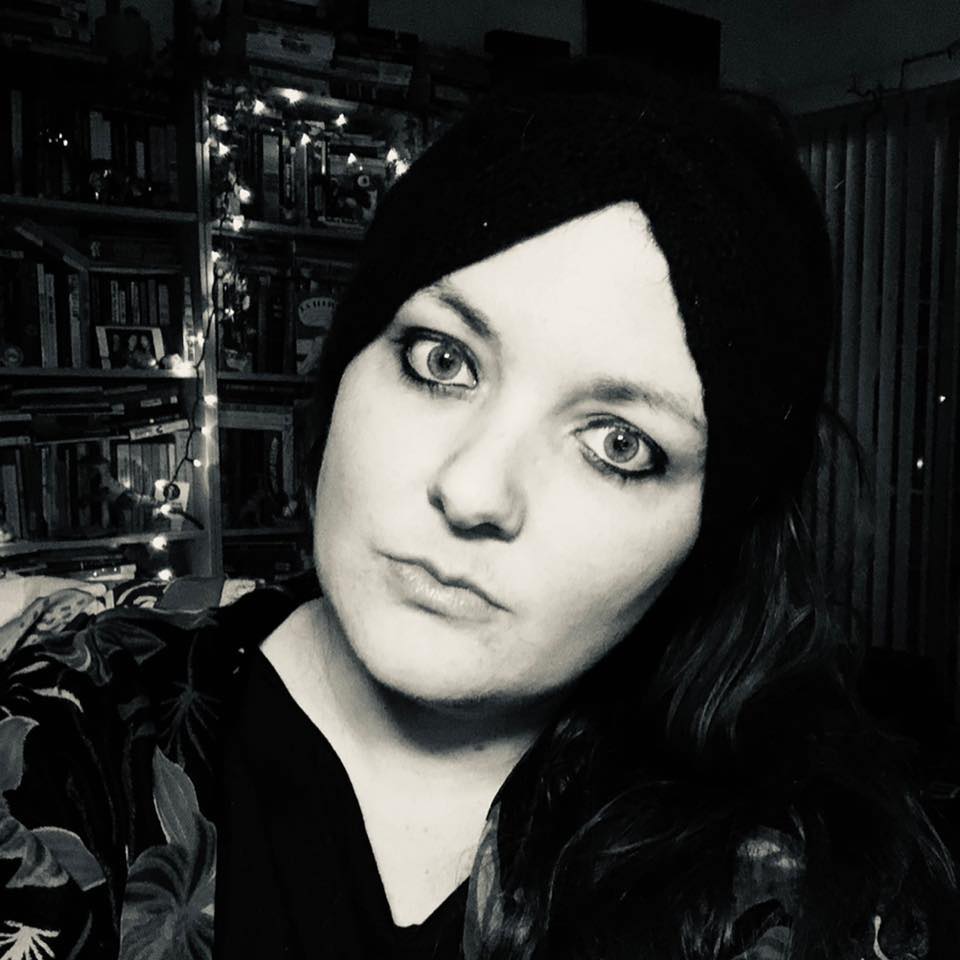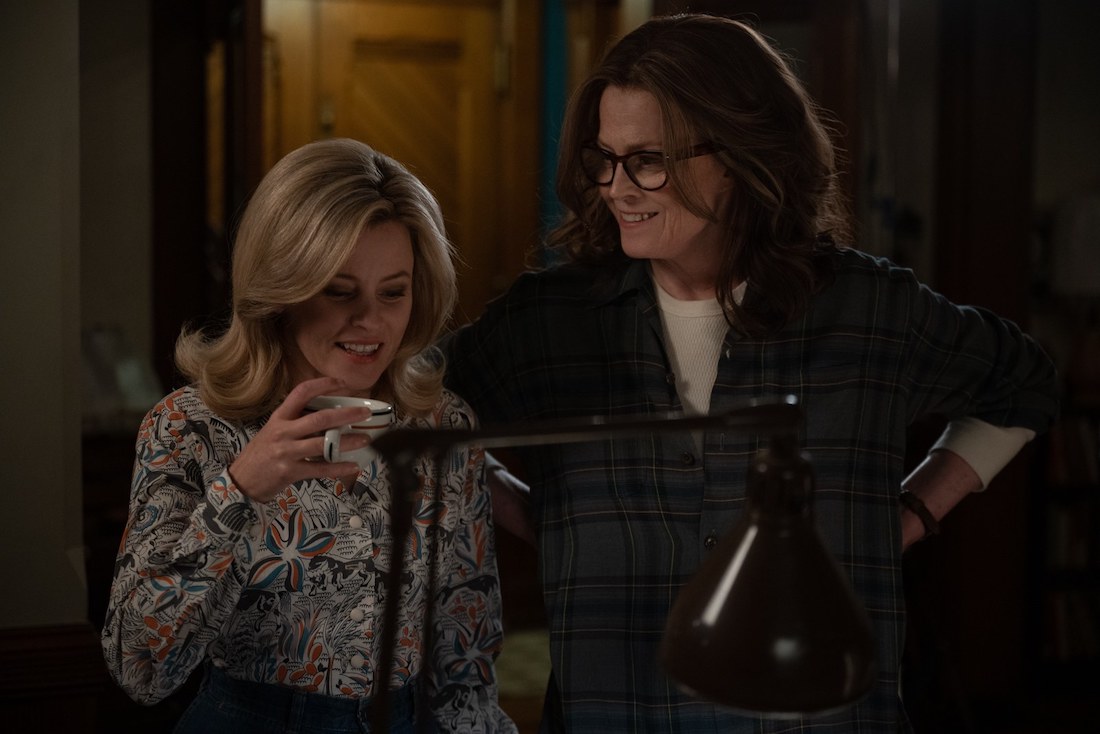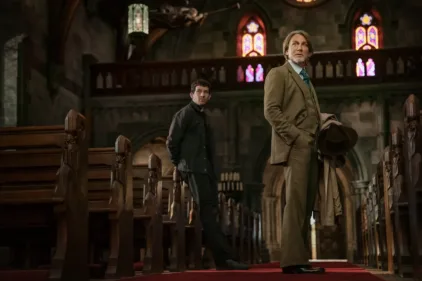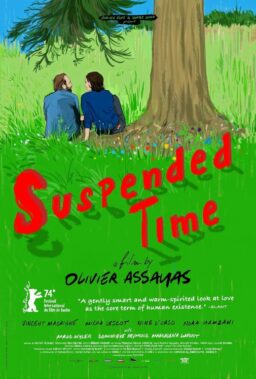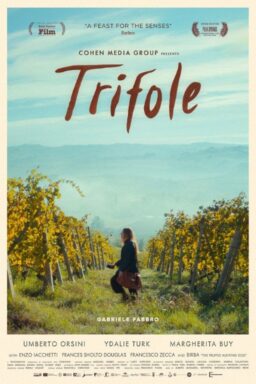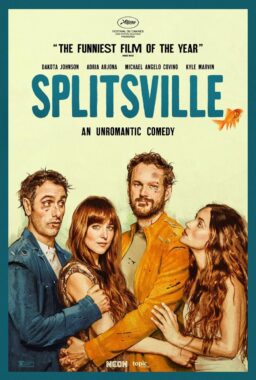On the cusp of the 49th anniversary of Roe v. Wade, the landmark decision by the U.S. Supreme Court which ruled the Constitution conferred the right of citizens to abortion, two films about the Jane Collective—Tia Lessin and Emma Pildes’ documentary “The Janes” and Phyllis Nagy’s narrative drama “Call Jane”—premiered at last January’s Sundance Film Festival. Based in Chicago, the collective was an underground service that provided women with safe abortions from 1969 until 1973. Although their actions were illegal, it’s estimated they facilitated or performed roughly 11,000 abortions, mostly for lower income women. On June 24, 2022, the sitting U.S. Supreme Court struck down Roe, putting judgment on the right to abortion into the hands of individual states.
I saw both films at Sundance and felt their urgency deeply. After the events of June, I watched each film again and was filled with rage and despair. The movies complement each other, showing from different angles what a world before Roe was like for many women, and especially how those of certain economic and racial groups were unfairly impacted by the lack of agency they had over their own medical needs. To know 50 years on, this agency stripped once again is almost unbearable.
For “Carol” screenwriter Phyllis Nagy, it was important that her directorial debut “Call Jane” be easy to watch so audiences might come to think about its themes from new perspectives. Centering on Joy (Elizabeth Banks), a 1960s mother and housewife, who joins the Janes after being denied an medically legal abortion for a pregnancy that almost certainly would end her life, the film’s focus is specifically on abortion as a medical procedure. Through her work with the collective, Joy sees the many kinds of women who seek abortion, coming to understand that no matter why are seeking the procedure, they all have a right to access and for it to be safe.
For this month’s Female Filmmakers in Focus column RogerEbert.com spoke to Nagy over Zoom about the importance of collective action, the violence of civility, and depicting abortion as the ordinary medical procedure it is.

You joined this project as it was in development. What was your background with the Jane Collection before coming on board as director?
I didn’t know anything about it. None of us really did before reading the script. It’s a failure of education, isn’t it? We don’t learn enough about actual heroes. Ever. And granted, they were not going to be taught when I was learning in high school. But certainly I’ve asked people who are a lot younger, if they ever learned about them and the answer is no. I think I’m glad for many reasons to have done this movie, but becoming familiar with the work they did is certainly one of them.
I watched this film first out of Sundance, along with the documentary “The Janes” and both played at the festival right around the 49th anniversary of Roe v. Wade. Then, of course, several months later it was struck down. What are your thoughts on how these two films came about around the same time about the same collective and then all of this change happened after they premiered?
We were not aware of “The Janes” documentary, and it is a documentary. We’re not a documentary. There’s a lot of movies that come out all the time about the same topics. I think “Call Jane” honors the spirit of the Jane Collective and is absolutely scrupulously truthful about their makeup in 1969, about the kind of work they did, and more importantly about the procedure itself. But beyond that, I think it’s zeitgeist. Of course, these things were going to be happening together. There was also a French film at Sundance.
Audrey Diwan’s “Happening.”
Which is also a very different kind of film. I saw that one only after making this film. But I had seen a lot of films on the subject before I went into this and knew that we had an opportunity to do something that hadn’t been done, and to approach the topic in a way that did not focus on trauma, or did not focus on the exceptionalism of abortion, but rather on the normalized medical healthcare procedure that it is, with warmth, and with humor and all the things that happen in life when we undergo, let’s say, traumatic or trying or difficult events.
I thought the sequence where Joy goes before the hospital board pleading the need for an abortion as a medical case was very well done. It’s harrowing in and of itself, because all these men are deciding her medical decisions for her. I’d love to talk about how that scene came about and sort of what you were hoping to achieve with that.
The only thing that wouldn’t have really happened, I think, in that scene is that she may not have been there. It might have just been those guys and her husband. But again, this was ordinary; this happened every day in hospitals across the country. Hospitals would have these boards, and they would decide the fate of women seeking what they called “therapeutic termination.” They rarely granted them and in the case of Joy, if you had a 50% chance of surviving, that was good. That was good enough. It wouldn’t be good enough for me, it wouldn’t be good enough for you, and it certainly wasn’t good enough for the character. But I think that we were attempting to highlight the violence of civility, you know, the violence of a scene like that. It is the most violent scene, I think, in the film in terms of affront to women. I wanted that to come right before the next series of scenes in which she actually does go out and get herself the help that she needs.

I think that sequence is about 10 minutes of the film. I’d love to hear what inspired showing each step like that. We follow her being picked up by the car, her showing up there, her waiting, and then the procedure itself. It almost felt like how Chantal Akerman maybe would have done it, in that she always wanted you to feel the time pass. The more you are sitting with Joy as she goes through this, the more you feel how she feels going through this procedure.
For me, that was very important. I wasn’t thinking of Chantal, but of course, she’s there all the time. That’s a great way to look at it. Yes, to take the audience through not only the procedure, but what it takes to get to the procedure in almost real time. It is putting you there, it is completely, not implicating the audience, but removing the veneer of politeness that I think has been overlaid on, let’s just say, any kind of discussion of women’s bodies and films on the abortion procedure itself.
Usually we cut away, or the opposite, which is we get something that’s violent and bloody. What we don’t get is the normalized procedure. That decision to take her through every single step of the procedure, the only thing we’re missing is waiting for the meds to kick in, right? I knew this was necessary and talked to Elizabeth Banks about this, so that the rest of the procedures could become more and more and more ordinary. You just keep repeating those things until we get to the procedure she finally does herself in aid of another woman, which is very different in character from the procedure she undergoes. But we also knew that it was important to have this be easy to watch, as opposed to easy to sit through. It is absolutely essential that people see it. I don’t know that I’ve ever seen the abortion procedure dramatized before.
“Blue Valentine” is the first that comes to mind, but she doesn’t go through with it and it’s presented as a trauma. It’s a very different kind of presentation.
Most abortions are perfectly uneventful. And I get it, you know, the stuff of drama is usually conflict and the exotic and what could go wrong. But at this moment in time, and it seems especially apt now in front of the midterms, that we do not exoticize it anymore. I’m glad we didn’t.
You brought up when Joy learns how to do the procedures and in history, obviously, the women in the collection really did learn how to do the procedures themselves. In the film you really showcase that it is women helping women. I’d love to hear a bit about your thoughts on whether you think that’s a powerful statement even to make today.
I do. It was one of the things that drew me to this project. The notion of collective action is something I think we’ve lost real sight of. What we have experienced in the last bunch of years is performative action, where people are out there and it’s great, and it’s people getting together publicly to do these things and protest and it’s all necessary, but really what gets done in collectives is less public, less glamorous, and more effective. In this case, it was absolutely necessary. Of course, it wasn’t legal. That’s why we need to highlight the work of, in this case, women working together to solve a problem. When was the last time you saw people work together to solve a problem? I’m sure it happens. But, you know, in the big political arc of it all there’s a way in which we need to get back to a place where it’s more altruistic, helping people we wouldn’t ordinarily help.
I read that in your revising of the script you added Wunmi Mosaku’s character.
There was actually a version of that character before I came on board. Now I’m remembering back, so I may get it a little bit out of sequence, depending on the draft. But yeah, there was always a character who was a Black woman. I thought it was important to talk to Wunmi about the kinds of conflict, kinds of confrontation that that character ought to have with Virginia, the character played by Sigourney Weaver, as the only Black woman in an all-white organization. In the early days of the collective, there was one core Black woman member, I think she also speaks in the documentary. But that changed only as time went on, when the Janes could do their own procedures, and the organization became more diverse and more willing to grapple with different economic needs, etc.
I worked with Wunmi on exactly what we wanted to address, what she was comfortable addressing, and what I have witnessed a lot of, in my time in and out of trying to be an activist for various causes. It always comes down to the older white women in the room saying stuff like, “Oh, that’s not fair. I supported the Civil Rights Movement,” in a way that makes it all about them. In a way that is understandable, but not very helpful. It’s human nature. So we wanted to show the mess of being women who fight things out, not with rancor, but with honesty. To show what is missing from, say, the hospital board scene, which is rancorous, without being entirely honest. Those men would not put their own wives through a 50% chance of survival, right? We also address that later on through the detective scene with John Magaro. With Wunmi, we were all very keen on having her input, and being as honest as we could about the challenges her character would face.

Do you think a film like this, that poses a lot of questions about economics and about who has access and about how access is created and how choices are sometimes made for others, will help people think about where we are in a post-Roe world a little with a little more empathy?
I hope so. I mean, isn’t that the point of making something that seeks not to necessarily wag a finger at anybody or judge for any particular political position, but to open a window that might engender some sort of empathy at least for a different point of view? I’m not so naive as to think that this is going to change hearts and minds. But it could change just the way that someone looks at something or, you know, if anyone could say, “I never thought about that before.” That’s enough. If you have enough people doing that, eventually, things have a tendency to seep in. But that might be a little idealistic.
I agree with that. I remember walking—I live in Chicago—a little bit before Roe was struck down, I heard a guy talking with his girlfriend about how it’s not going to be that bad. His girlfriend was like, “It’s already that bad.” He’s the kind of guy I feel like would see this movie and go, “Oh, I see.” I feel like a lot of people are well meaning and then they see something like this and they go, “Oh, I hadn’t thought of it that way.” I think that’s really smart.
I just heard a story about a 17-year-old boy who saw the film in LA last week, and basically said to his dad, “I just never thought about it. Things seem a little clearer.” So I’m good with that. I’m good with people being a little more clear about something.
Speaking looking at things a different way, are there any female directors who either inspire you as an artist, or that you think have been overlooked and readers should seek out?
Oh, wow, that’s an interesting question. I mean, I don’t know who knows who. But if we’re inspiring readers to go back into the canon, I’m gonna say that Ida Lupino is very inspirational to me as a director. She’s also a terrific actress, but she’s a woman who’s made films about difficult things at a time when these subjects were really under the radar, like “The Bigamist” or that film she made about the tennis?
“Hard, Fast and Beautiful.”
She was just a really wonderful director. Do people here know the work of Chantal Akerman? Not just “Jeanne Dielman,” but also “News From Home.” I mean, what a marvelous narrative filmmaker she was. Claire Denis is also a huge inspiration. I want to say Lynne Ramsay and Andrea Arnold, but I suppose people know them. Let’s just throw them in as well.
“Call Jane” is now in theaters.
